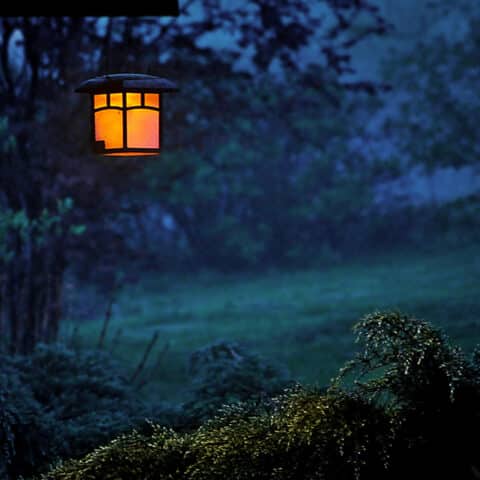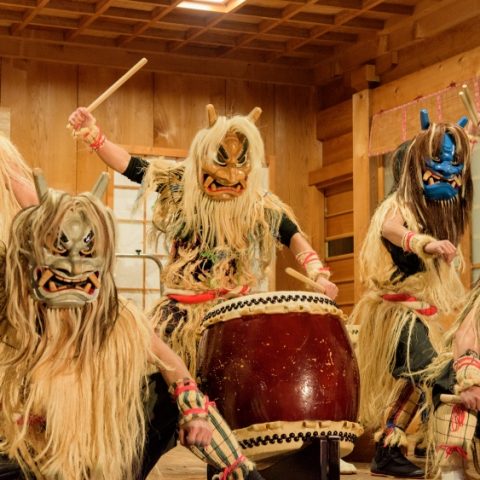
From those who are interested in eccentric forms of entertainment to those who have a liking for traditional and historical proclamations of art, many should definitely take a strong interest in Kabuki. Be it because of its 400 years of history or because of the striking makeup often seen in its performances, kabuki surely holds its own ground and separates itself from other forms of acting around the world. Kabuki is classified as a form of popular theatre, and its name is composed of three different kanji: 歌 (ka), meaning song, 舞 (bu), meaning dance, and 伎 (ki), meaning acting skill. The composition of its name is evidence of the complexity of this performance art containing dance, music, and acting.

Photo by Susann Schuster on Unsplash
The key identifying feature of Kabuki is the fact that it is performed only by men. This characteristic is related to Kabuki’s long history: given the fact that in 1962 a law that prohibited women from participating on the stage was established, it had to adapt by establishing onnagata, men that would dress up and play the roles of women. Nonetheless, the role of onnagata isn’t simply to imitate women: these actors have developed skills unique to kabuki that allow the story to proceed adequately. Although Japanese laws have changed, the presence of onnagata has become such an important characteristic of Kabuki that it still remains a male-only performance art.

Photo by Susann Schuster on Unsplash
Kabuki is also remarkable because of the powerful emotions it aims to represent. The use of mie is how they achieve this: mie are overly exaggerated poses that may even seem unnatural and are exerted by the actors in moments when their emotions have reached some kind of peak.

Image credits: muza-chan.net
Kabuki does not just have features that separate it from other forms of acting, it also has a lot of diversity in the kinds of plays that can be performed. One of the most characteristic types of kabuki is Jidaimono. These plays are set before the Edo period, therefore making them historical, and they often picture the lives of the nobility and the samurai, including contents from certain legends. Although Jidaimono often pictures political quarries, these are emotionally exaggerated to make the plays more entertaining. Another important kind of Kabuki is Shosagoto, a type of play that centers on classical Japanese dances, and carries out its story through these dances. The daily life of townspeople in the Edo period is often represented in Sewamono or domestic plays. There are even kinds of modern kabuki, which have put a twist on the term to adapt it to more recent times, like Shinsaku kabuki, which pictures post-war situations, and Shin kabuki, which are set from the Meiji to Shōwa periods.
Although many may recognize Kabuki for its eccentric makeup and colorful clothes, it is true that Sewamono kabuki tends to exhibit more moderately-colored pieces of clothing. This is because in kabuki people of a higher social standing tend to be pictured in more colorful and extravagant clothing and makeup. Kumadori is a specific style of makeup shown in kabuki plays in which a character’s role is represented in the colors and lines of their makeup. For example, indigo represents evil spirits, whilst brown represents demons and red represents joviality and justice.

Credit: istockphoto.com
Different kabuki plays do not hold the same acting style, and this might vary depending on both the category of the play and the play itself. Aragoto or ‘wild stuff’ is often seen in plays depicting heroes, and it is largely energetic, exaggerated, and loud. Another style, called wagoto, often pictures more gentle and romantic men. While historical plays have very refined acting, the acting in Sewamono is much more simple to represent the fact that the plays are about the daily lives of common people.

Image credits: tokyo-go.asia
One of the reasons for kabuki’s fame is the way in which it allows the audience to act interactively. Kabuki is a great way to make connections between the actors and the audience, which is why the practice of kakegoe is very famous. Kakegoe consists of applause and shouts of encouragement coming from the audience, which, apart from incentivizing the authors, also creates quite an atmosphere. The feeling of being in between the crowd of a Kabuki audience is unattainable any other way! The tradition of Kabuki still lives on today, and kabuki plays are performed every month in Tokyo at the Kabukiza Theatre in Ginza. There are also other theatres around Japan that still present kabuki plays nowadays, like the Osaka hochikuza Theatre and the Minamiza Theatre. Since it is an exciting and unique traditional form of artistic expression, we recommend attending a kabuki play during your time in Japan. It is an experience you won’t be able to have anywhere else, and the ambiance is sure to offer you lots of excitement!
Featured image credits: visitkinosaki.com
Want to learn more about Japanese culture? Book your local guide to hear local stories while having delicious and seasonal dishes!
PIN THIS FOR LATER




